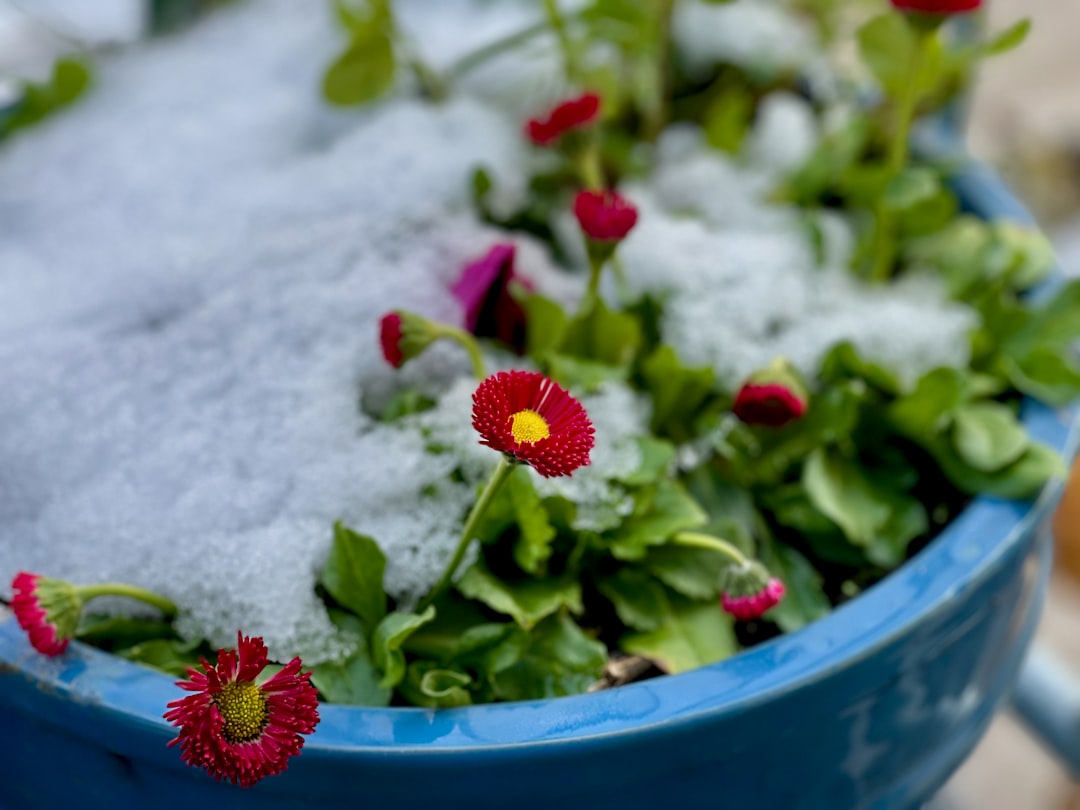Surviving the Heat: Tips for Your Yard in Hot Weather

Heat waves can be a real challenge for your yard, especially for certain plants like new trees and shrubs, vegetables, and container gardens. These delicate green friends often struggle to cope with the intense heat, but with the right strategies, you can help them not only survive but thrive during those sweltering days.
First and foremost, watering is crucial. New trees and shrubs have shallow root systems that are more vulnerable to drying out in the heat. Water them deeply and slowly, allowing the water to penetrate the soil and reach the roots. A soaker hose or drip irrigation system is ideal for this purpose. For vegetables, they need consistent moisture to produce healthy crops. Water them in the early morning or late evening to minimize evaporation. Container gardens, on the other hand, dry out much faster than plants in the ground. Check the soil moisture regularly and water as needed. You may even need to water them twice a day during extreme heat.
Another important aspect is mulching. Applying a layer of mulch around your plants helps to retain moisture in the soil, reduce weed growth, and insulate the roots from the heat. Organic mulches like shredded bark, straw, or compost are great options. Spread a 2 - 3 inch layer of mulch around the base of your plants, making sure to keep it away from the stems to prevent rot.
Shade can also play a significant role in protecting your plants. For new trees and shrubs, you can use shade cloth to provide some relief from the direct sun. Install the shade cloth on a frame or use stakes to hold it up. Vegetables can benefit from partial shade as well. You can plant taller crops like corn or sunflowers on the west - facing side of your vegetable garden to provide natural shade for the more heat - sensitive plants. Container gardens can be moved to a shaded area during the hottest part of the day.
Fertilizing during a heat wave should be done with caution. Over - fertilizing can stress the plants even more. Instead, use a slow - release fertilizer that provides a steady supply of nutrients over time. This will help your plants maintain their health without overwhelming them with too many nutrients at once. Also, make sure to follow the instructions on the fertilizer package carefully.
Pruning is another technique that can help your plants during hot weather. Remove any dead, damaged, or diseased branches from your trees and shrubs. This not only improves the plant's appearance but also allows it to focus its energy on the healthy parts. For vegetables, pruning can help improve air circulation, which reduces the risk of fungal diseases. However, avoid heavy pruning during a heat wave as it can cause additional stress to the plants.
Monitoring your plants closely is essential. Look for signs of heat stress such as wilting, yellowing leaves, or stunted growth. If you notice any of these symptoms, take immediate action. Increase watering, provide more shade, or adjust your fertilizing routine. By being proactive, you can prevent further damage to your plants.
It's also important to protect your soil during a heat wave. The intense heat can cause the soil to become compacted and lose its structure. Aerating the soil can help improve its porosity and allow water and air to reach the roots more easily. You can use a garden fork or a mechanical aerator to do this. Also, adding organic matter to the soil, such as compost or well - rotted manure, can improve its water - holding capacity and fertility.
In conclusion, caring for your yard during a heat wave requires a combination of proper watering, mulching, shading, fertilizing, pruning, monitoring, and soil care. By following these tips, you can help your new trees and shrubs, vegetables, and container gardens survive the hot weather and keep your yard looking beautiful and healthy all summer long.